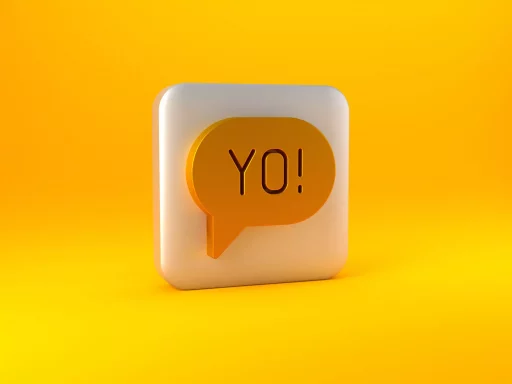Introduction to Wit
Wit is an essential aspect of language that enriches communication, making it more vibrant and engaging. It is often characterized by quick thinking and a natural ability to create humor or express ideas cleverly. In the digital age, understanding what wit means in text has become increasingly important as people communicate through messages, social media, and other online platforms.
The Characteristics of Wit
Wit can manifest in several ways, including:
- Humor: A clever play on words or a humorous twist to a common saying.
- Irony: Conveying the opposite of what one feels, often to highlight absurdity.
- Wordplay: Engaging in puns or double entendres to create laughter.
- Intellect: Showcasing knowledge or insight in an entertaining manner.
Examples of Wit in Text Messaging
In the realm of texting, wit takes on new forms that thrive in brevity. Below are components of wit commonly found in text messaging:
- Puns: Using wordplay for humor. For instance, “I’m reading a book on anti-gravity. It’s impossible to put down!”
- Jokes: A clever, quick quip, such as, “Parallel lines have so much in common. It’s a shame they’ll never meet!”
- Pop Culture References: Tying in a relatable cultural element, like referencing a popular movie to make a joke. For example, “Just like The Rock, I’m about to lay the smackdown on my to-do list!”
Wit in Social Media
On platforms like Twitter, wit is employed to create shareable content. Engaging posts often feature clever wordplay or humorous observations that resonate with followers. For example, a tweet might say, “I’m on a seafood diet. I see food and I eat it!”. Such posts not only entertain but also invite interaction, leading to likes and shares.
Case Study: Wit in Marketing
Wit is also a powerful tool in advertising. Companies that harness humor and cleverness in their campaigns can significantly improve their brand recognition. For instance:
- Old Spice: Their commercials have mastered the art of wit, combining absurd humor with clever taglines, leading to viral fame.
- Dos Equis: Known for its “Most Interesting Man in the World” campaign, using hyperbole and wit to create a memorable character that audiences love.
According to a Nielsen report, humorous ads increased brand recall by 33%. This highlights not only the impact of wit but also its effectiveness in marketing and branding.
The Psychology Behind Wit
Wit often elicits positive emotional responses. Research suggests that humor, particularly witty remarks, can boost mood and create a sense of connection between people. Clever exchanges can foster rapport, making an interaction feel more personal and less transactional. In a study published in the journal Psychological Science, participants reported feeling more bonded after engaging in witty humor during conversations.
How to Improve Your Wit
For those looking to sharpen their wit, consider the following tips:
- Read Widely: Expose yourself to books, articles, and jokes that challenge your thinking.
- Practice Wordplay: Try to create your own puns or clever phrases during conversations.
- Observe Humor: Pay attention to comedians and witty writers to understand their techniques.
- Engage in Dialogue: The more you converse, the better you’ll become at thinking on your feet and making witty comments.
Conclusion
Understanding wit in text is crucial in today’s digital world. Whether in casual conversations or marketing campaigns, wit can significantly enhance communication. By mastering the art of witty exchanges, individuals can improve their social interactions, while businesses can engage consumers effectively. Embracing wit can lead to more meaningful connections and a richer communicative experience.





